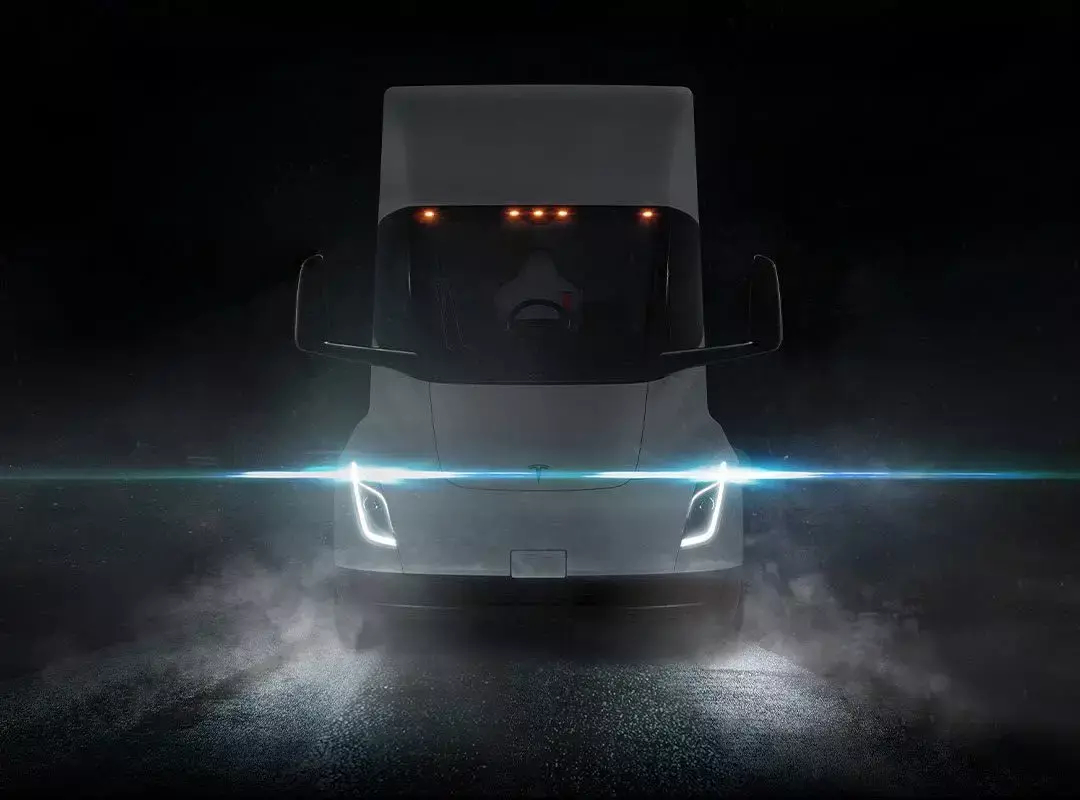A major change to Australian design rules promises to be a “game changer” for Australia’s shift to electric freight transport.
The new rule announced by the federal government will allow wider trucks on Australian roads, bringing the country in line with overseas markets and removing one of the key barriers to local uptake of heavy duty electric trucks, as most overseas-built models were just a few centimetres too wide to meet Australia’s previous standards.
“This Safer Freight Vehicles package responds to direct calls from industry to increase the width limit of trucks and follows extensive public consultation and feedback,” said federal assistant minister for infrastructure and transport Carol Brown.
“These changes will be a real game changer for industry, businesses and other road users, as they will save lives by adopting technology to reduce the likelihood of crashes, while also lowering freight costs and supporting better environmental outcomes.”
The change increases the overall width limit from 2.50 to 2.55 metres for new trucks, as long as they are fitted with safety features such as side guards and devices to limit blind spots.



So I’ve been reading up on this topic a bit more and I came across this
From here, https://www.infrastructureaustralia.gov.au/map/advanced-train-management-system-implementation-interstate-rail-network
On the bright side it is a proposal to upgrade a lot of the rail corridors to support more freight than we have currently. Though it was added in 2016 and is still only in the ‘potential investment options’ phase